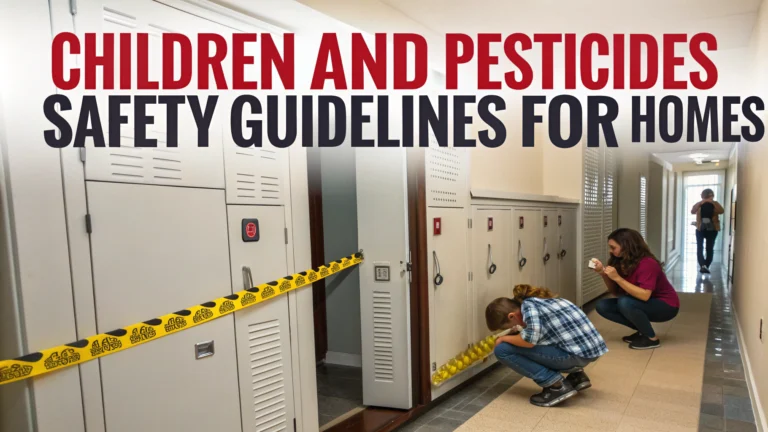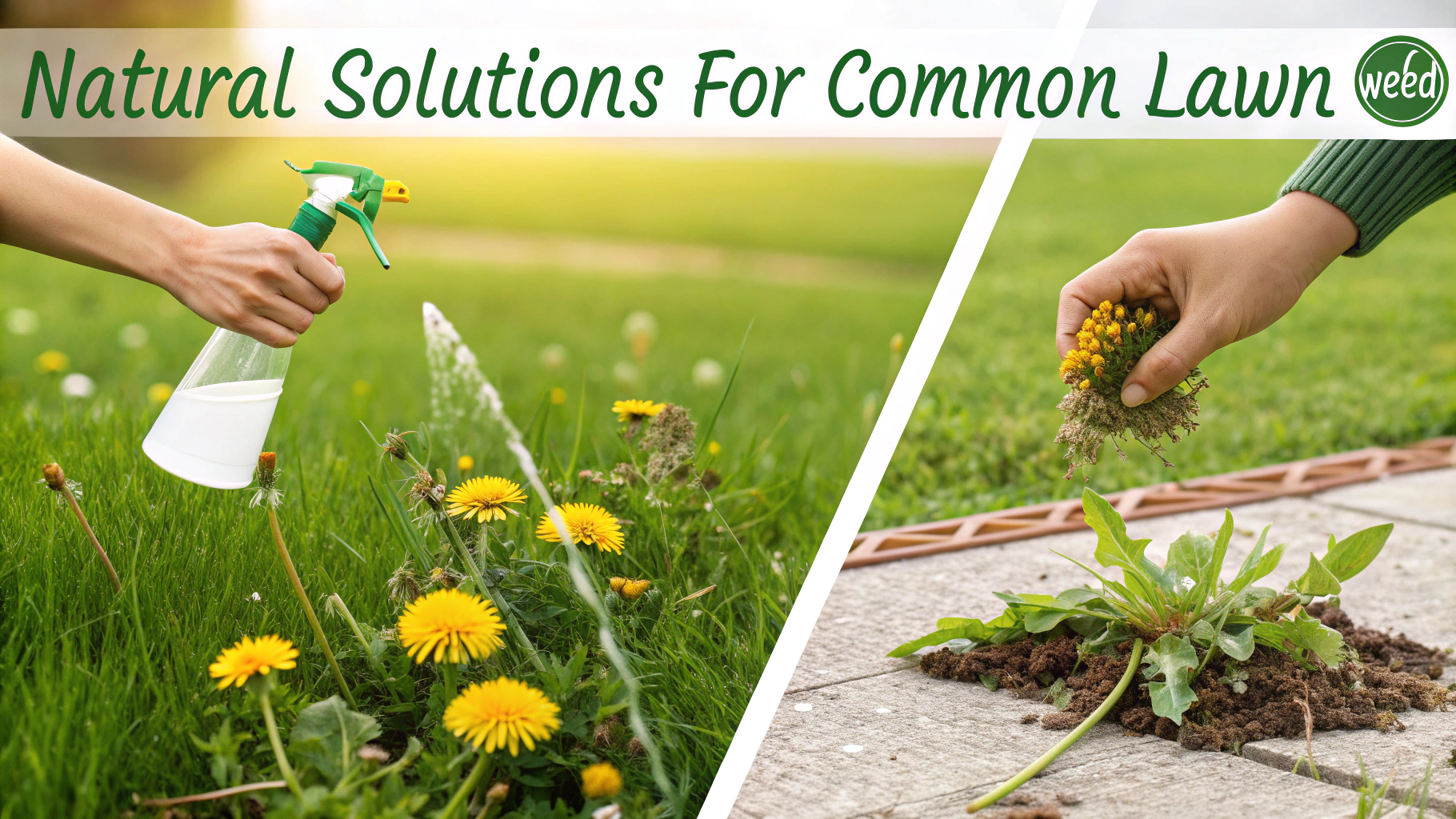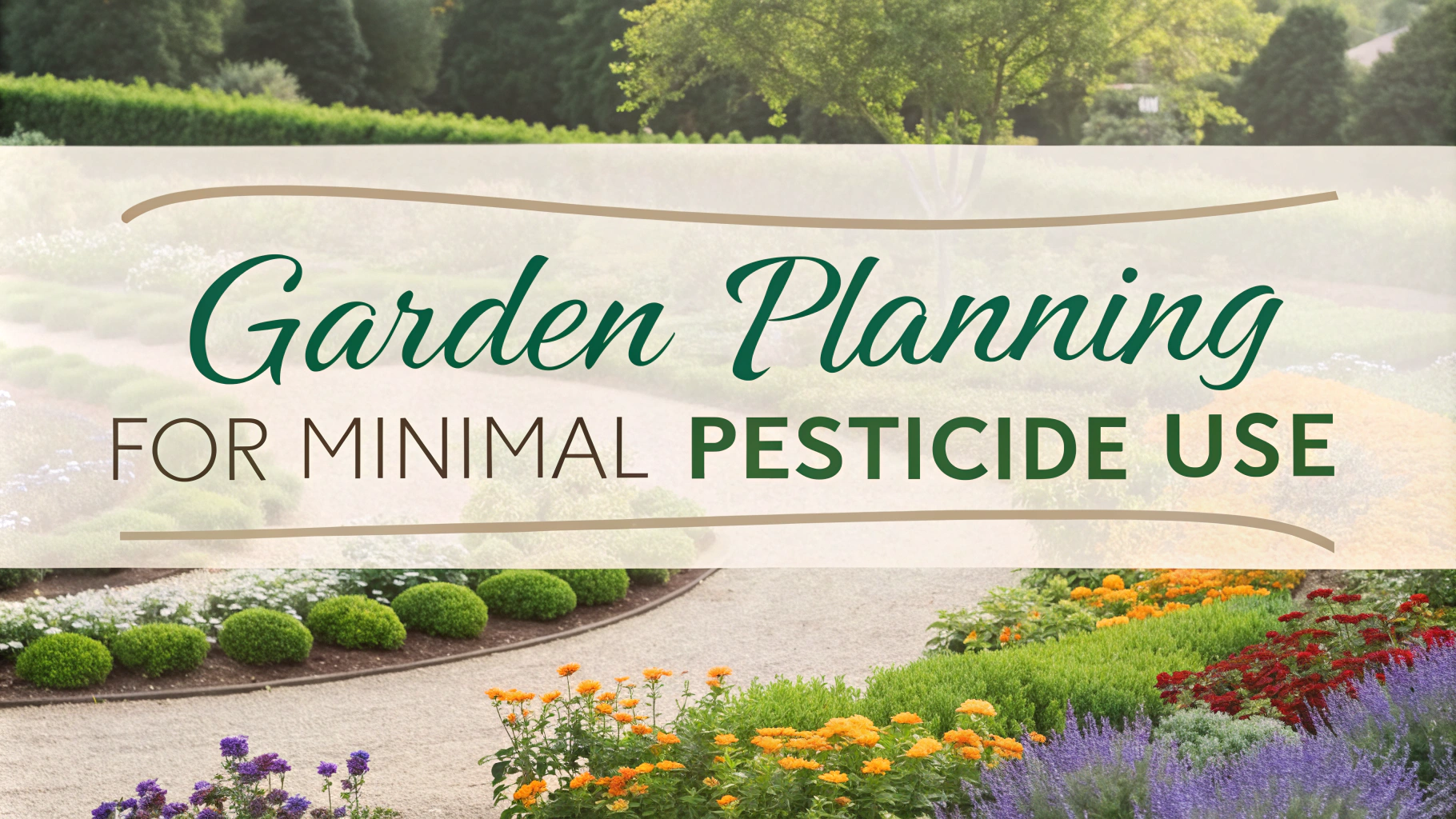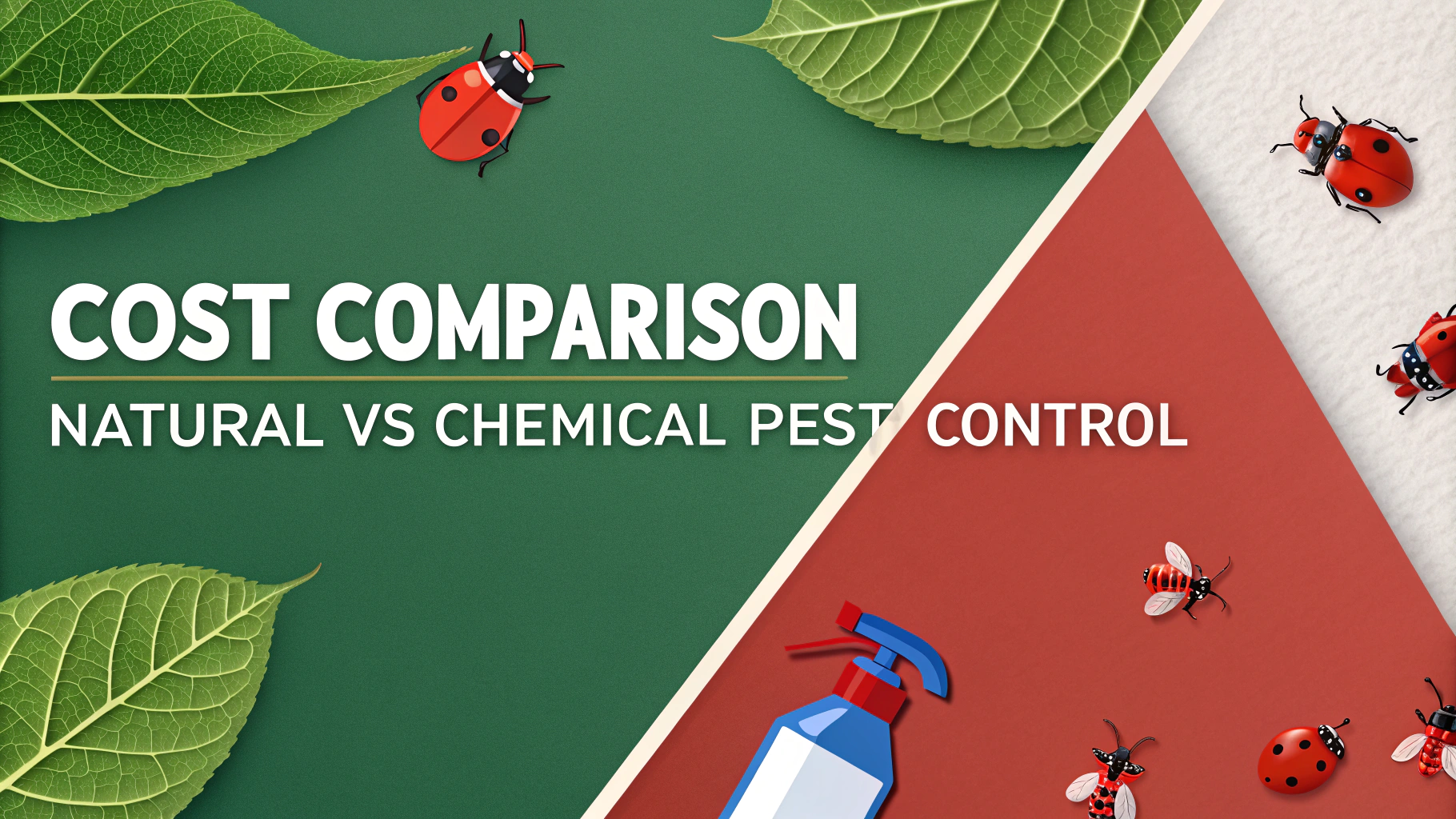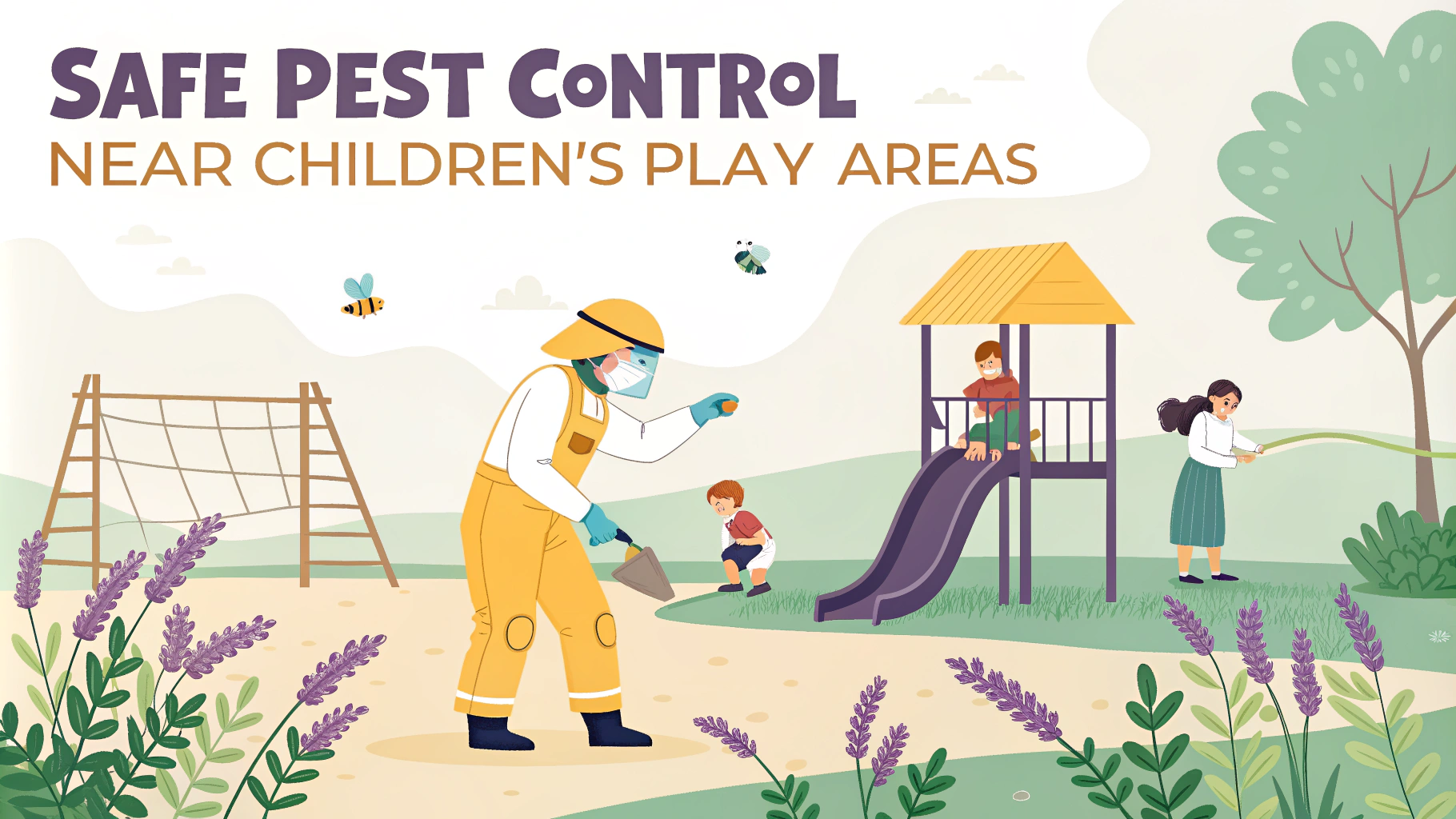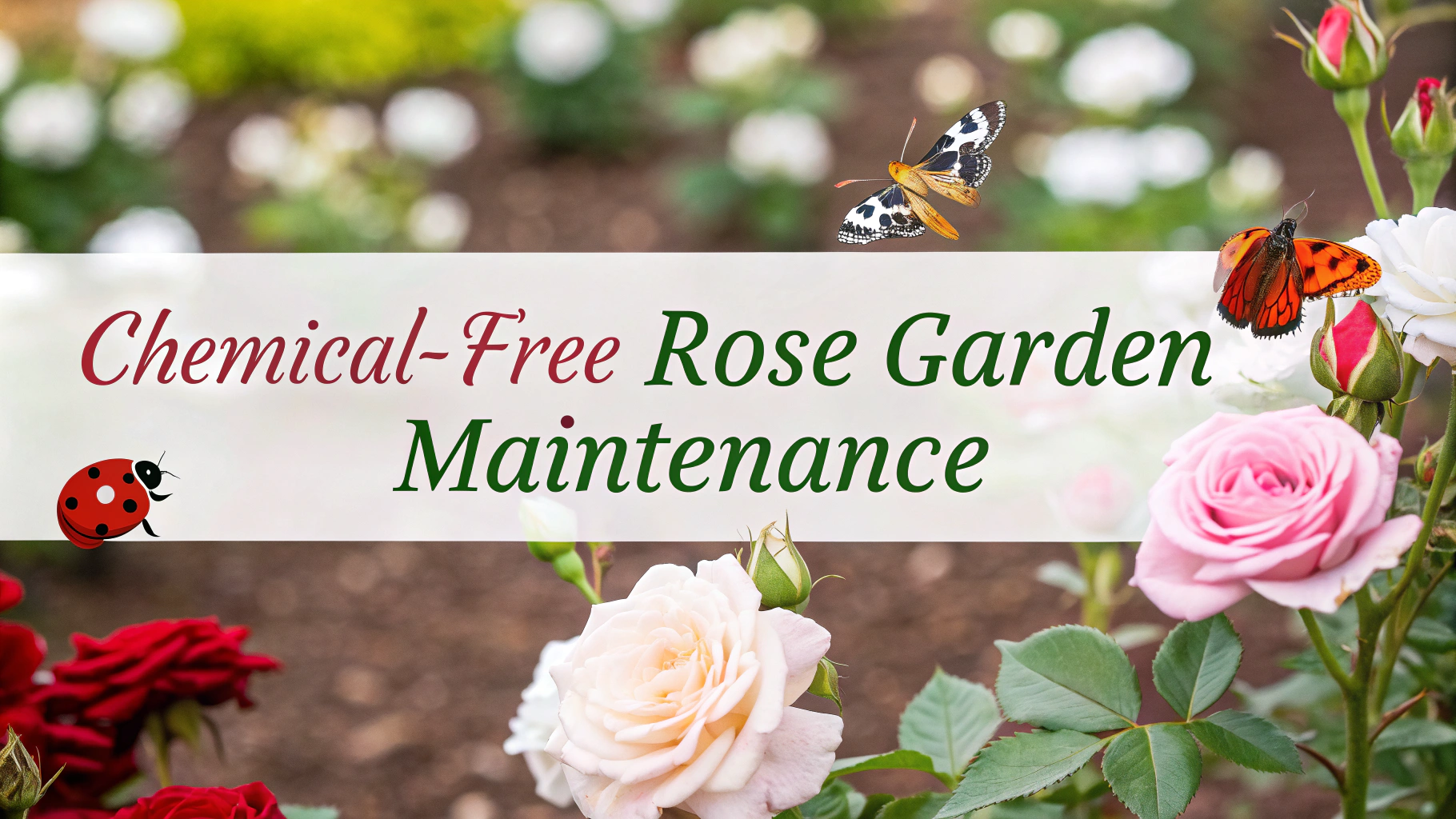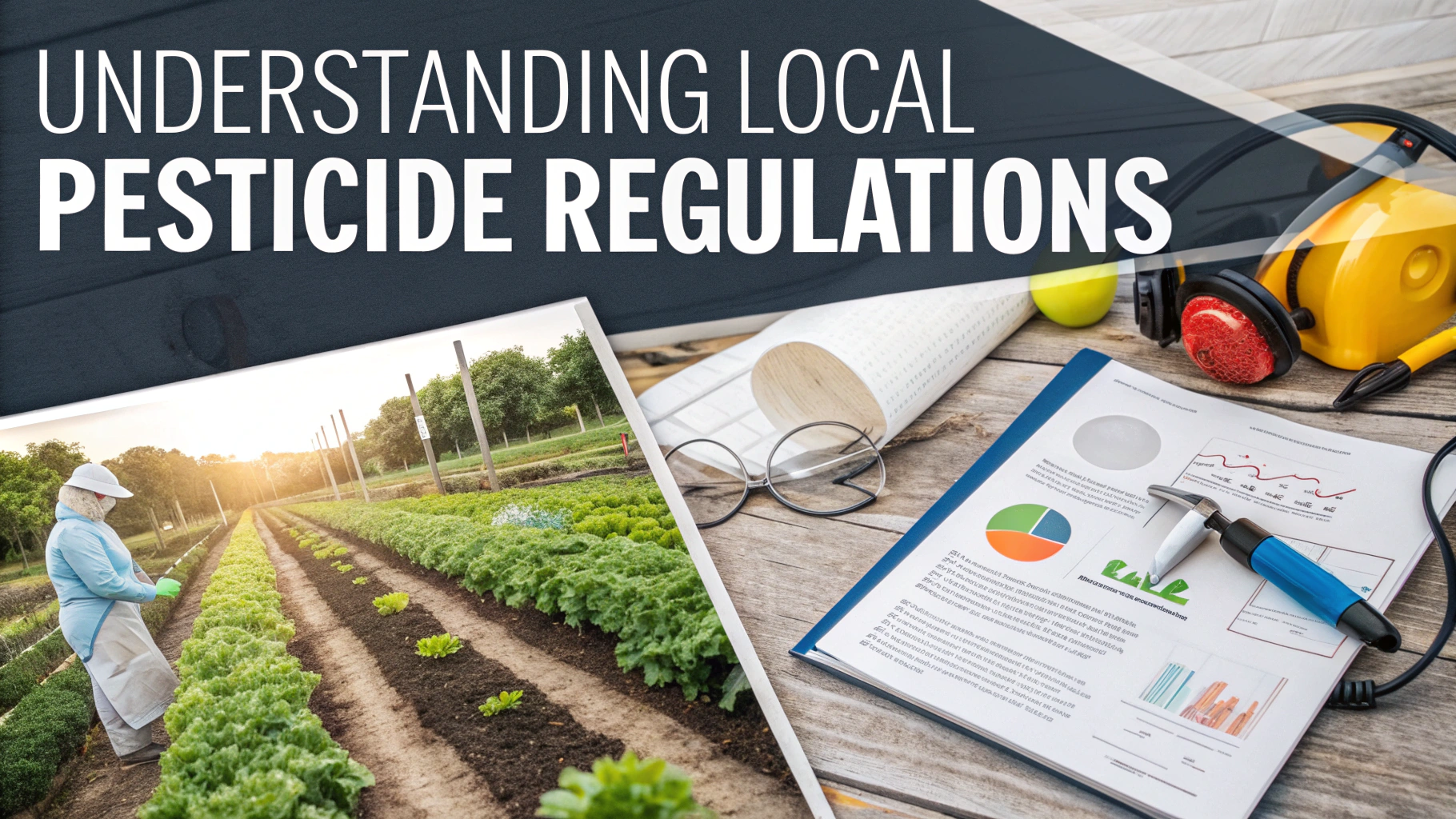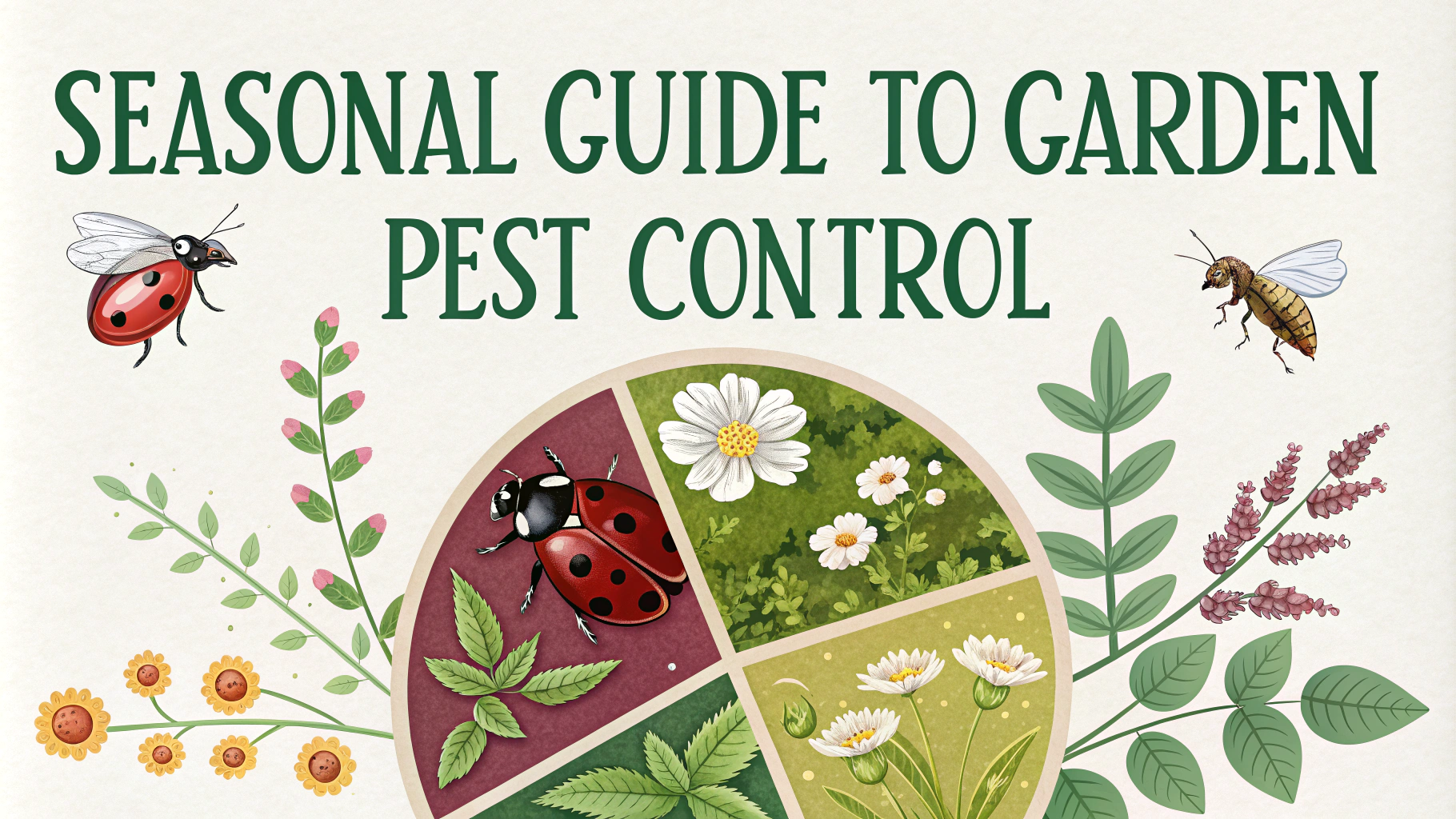Keeping children safe from pesticides requires understanding proper storage, application, and preventive measures in and around your home.
Safe Storage of Pesticides
- Store pesticides in locked cabinets out of children’s reach (recommended height: at least 5 feet)
- Keep products in original containers with readable labels
- Never transfer pesticides to food or drink containers
- Place child-resistant locks on storage areas
Before Using Pesticides
Always read product labels carefully and follow safety instructions precisely.
Remove children’s toys, clothing, and other items from areas where pesticides will be applied.
- Cover food preparation surfaces
- Remove pet food and water bowls
- Close windows and turn off air conditioning
During Application
Keep children and pets away from treated areas for the time specified on the product label (typically 24-48 hours).
Natural Alternatives
- Diatomaceous earth for insect control
- Neem oil for plant pests
- Vinegar solution for weed control
- Borax and sugar mixture for ant control
Emergency Response
If pesticide exposure occurs, call Poison Control immediately: 1-800-222-1222 (US)
| Exposure Type | Immediate Action |
|---|---|
| Skin Contact | Remove contaminated clothing and wash skin with soap and water |
| Eye Contact | Flush eyes with water for 15-20 minutes |
| Ingestion | Do not induce vomiting – seek immediate medical attention |
Prevention Tips
- Use child-resistant packaging
- Apply pesticides only when children are away
- Choose spot treatments over broad applications
- Consider integrated pest management (IPM) approaches
- Maintain proper home cleaning to prevent pest problems
For additional information about pesticide safety, contact the Environmental Protection Agency (EPA) at 1-800-858-7378.
Maintenance and Documentation
- Keep an inventory of stored pesticides
- Check containers regularly for leaks or damage
- Document application dates and locations
- Track expiration dates of products
Teaching Children About Safety
Basic Rules for Kids
- Never touch pesticide containers or sprayed areas
- Wash hands after playing outdoors
- Alert adults if they see spills or open containers
- Recognize warning symbols on packages
Long-term Safety Measures
- Install pest-proof screens on windows
- Seal entry points around pipes and utilities
- Maintain yard drainage to prevent pest habitats
- Remove standing water sources
Disposal Guidelines
- Never pour pesticides down drains or toilets
- Check local regulations for disposal requirements
- Use community hazardous waste collection events
- Triple-rinse empty containers before disposal
Conclusion
Protecting children from pesticide exposure requires a comprehensive approach combining proper storage, careful application, and preventive measures. By following safety guidelines, choosing appropriate products, and maintaining awareness, parents and caregivers can create a safer environment while effectively managing pest problems. Remember that natural alternatives and integrated pest management can often provide effective solutions with reduced risk to children’s health.
FAQs
- What are the most common ways children are exposed to pesticides in the home?
Children can be exposed through breathing in pesticide fumes, skin contact with treated surfaces, hand-to-mouth transfer after touching treated areas, and ingestion of residues on toys or other objects. - How long should children stay away from areas treated with pesticides?
Children should stay away from treated areas for at least 24 hours after application, or longer if specified on the product label. Always follow the specific reentry times listed on pesticide products. - Where should pesticides be stored to keep them away from children?
Pesticides must be stored in locked cabinets or containers, out of children’s reach, in their original containers with intact labels, and separate from food, medicines, and household items. - What immediate steps should I take if my child is exposed to pesticides?
Remove contaminated clothing, wash affected skin with soap and water, move to fresh air, and call Poison Control (1-800-222-1222) immediately. If symptoms are severe, call 911. - What are the symptoms of pesticide exposure in children?
Common symptoms include nausea, vomiting, dizziness, headaches, skin rashes, eye irritation, respiratory problems, and in severe cases, seizures or unconsciousness. - What safer alternatives can I use instead of chemical pesticides?
Use natural deterrents like diatomaceous earth, botanical repellents, vinegar solutions, proper sanitation, sealed entry points, and integrated pest management techniques. - How can I protect my children’s toys from pesticide contamination?
Remove or cover all toys before pesticide application, thoroughly wash any exposed items, and keep children’s items away from storage areas where pesticides are kept. - What should I consider when using pesticides in a home with children who have asthma or allergies?
Consult with healthcare providers first, choose low-toxicity products, ensure proper ventilation, and consider non-chemical alternatives. Children with respiratory conditions are particularly sensitive to pesticides. - How long do pesticide residues remain active in the home environment?
Residual activity varies by product, ranging from hours to months. Indoor residues can last longer due to limited degradation from sunlight and weather. Check product labels for specific information. - What preventive measures can reduce the need for pesticides in homes with children?
Keep homes clean and dry, seal entry points, remove food sources, fix leaks, maintain proper garbage disposal, use screens on windows, and regularly inspect for pest problems.
